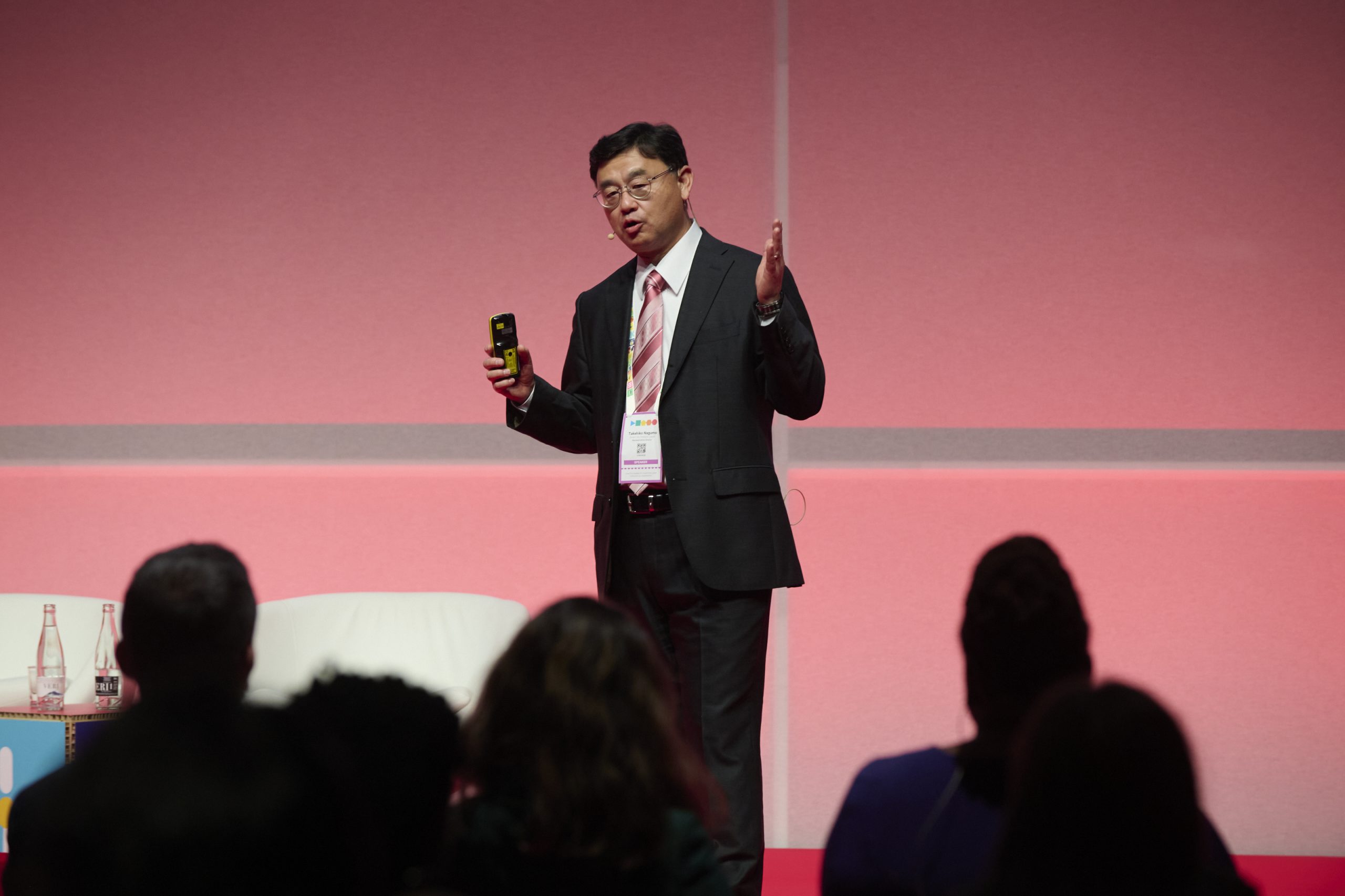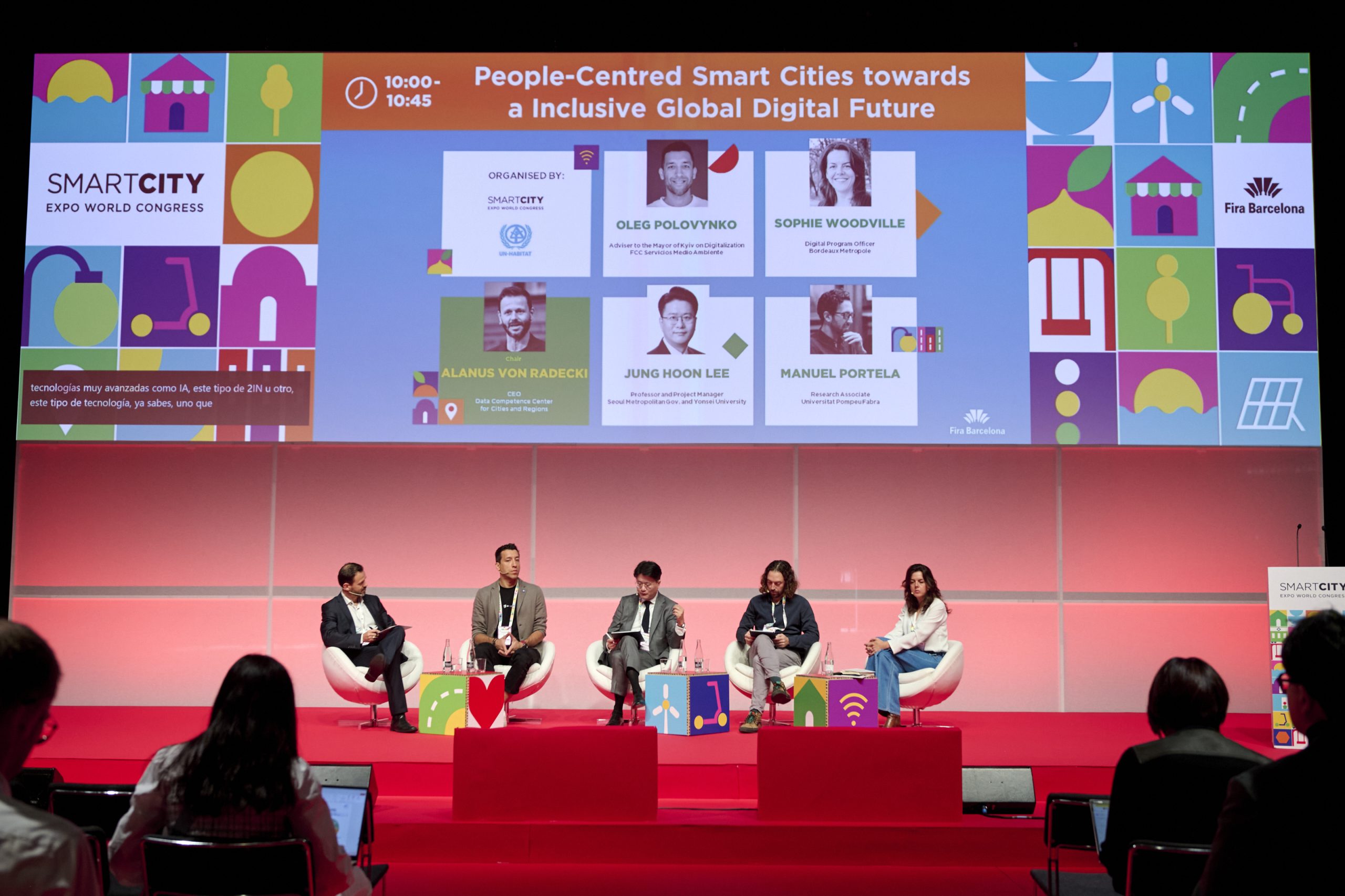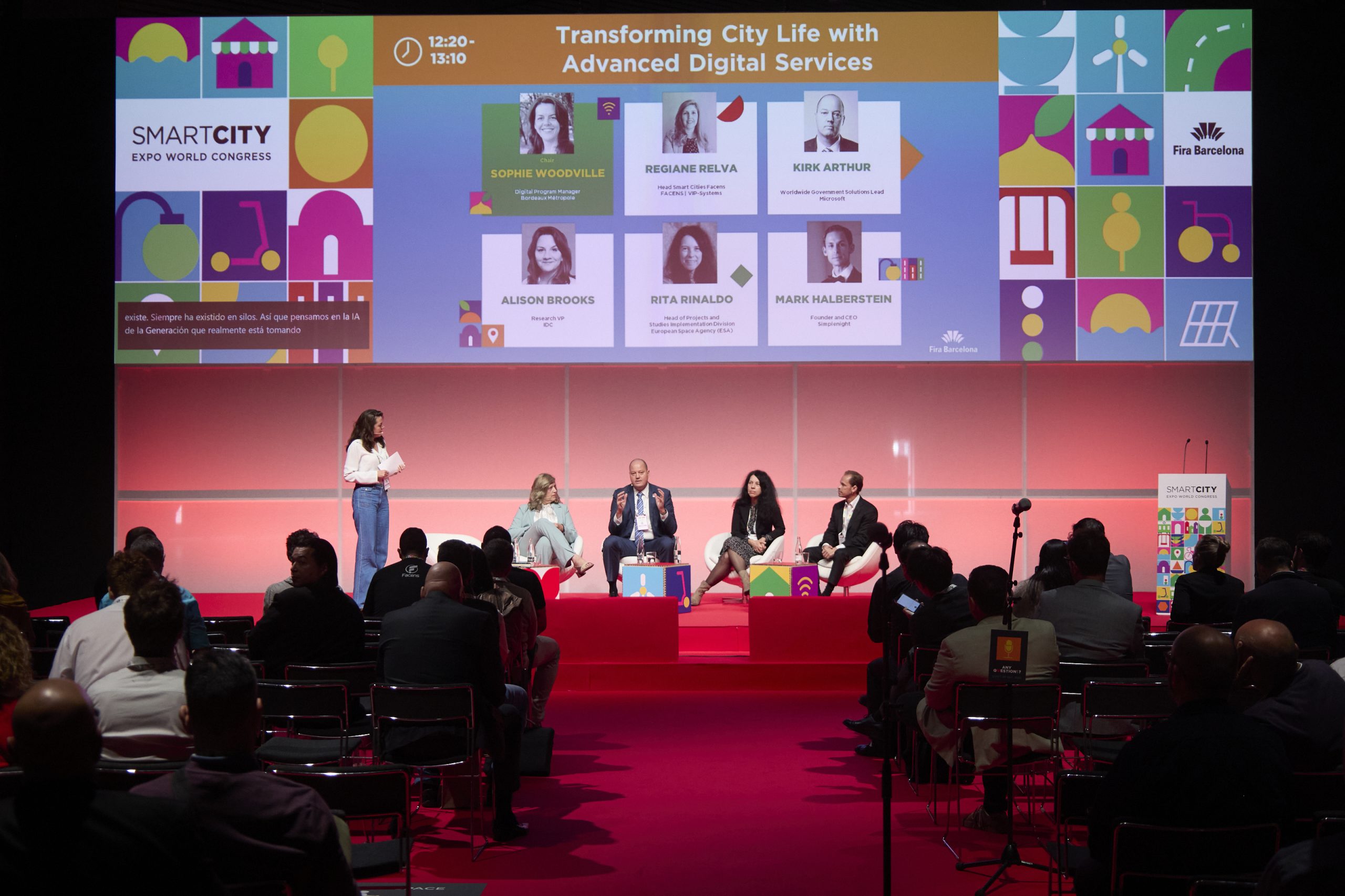Author | M. Martínez Euklidiadas
The fifth generation of telecommunication systems was going to drastically change cities. Thanks to 5G we were going to see smart energy networks and more responsible distribution, remote medicine with remote monitoring, immersive media, smart transportation systems, or improved manufacturing processes. What has happened with 5G? Has it broken its urban promises?
The invisible promise of 5G
We were promised smart governments and direct democracy through electronic voting systems, home-based quality public education, smart security, improved energy grids or connected transportation systems. We were promised unbelievable data download speeds and lower latency with the enthusiasm typical of technology fans. Has any of this happened in cities? It has really, but in processes that are often invisible to citizens.
- Yes, cities do have better waste collection networks thanks to 5G connected bins and trucks, although this advancement is barely perceivable to the general public (apart from LED lights and sensors on bins).
- Yes, electric systems are somewhat more dependable and safer, however, the number of outages is practically the same as it was with 4G because it was already exceptionally low. We have entered a phase of decreasing marginal returns: technology needs to be boosted in order to see significant improvements.
- Yes, today it is much easier to see how taxis or PHV with drivers reach us thanks to GPS improved with 5G. But this is something we have quickly got used to.
The challenges of 5G in smart cities
5G, and in general any mobile phone system, is more versatile within the compact urban landscape of cities than in widespread rural environments, which is why smart cities were seen as the great accelerators of this fifth generation of telecommunication systems, as well as the beneficiaries of the same. What has happened? Was 5G a mirage? Let’s look at some of the most relevant challenges (some of which are conceptual):

5G coverage entails more BTS
BTS or Base Transceiver Stations are spaces in which antennas are located. The jump from 2G to 3G involved a notable drop in range and more sites had to be installed on roofs, roof terraces and posts. The same happened when we went from 3G to 4G and from there to 5G. However, the urban space is limited and negotiating new facilities is complex.
Mobile technology does not make rapid progress, but rather improves gradually
Today, 3G and 4G are still being developed; and 5G is only just beginning to be installed. Often, 4G antennas are used with 5G cards in the aforementioned BTS, until months or even years later it is worth acquiring or installing antennas. In some regions there is opposition to the new generations of telecommunication systems given the lack of knowledge regarding how they work, however, the WHO recognizes them as safe.
The adoption of the technology is advancing slowly
Although 5G in mobile phone technology has been particularly fast. In 2019, the consulting firm Gartner indicated that in 2023, 51% of smartphones sold would be 5G-enabled. However, by 2022, 57% had been reached and Ericsson expects 2023 to close with 62% of the market share. Despite this, progress appears to be slow.
We adopt technology at the same speed as it is deployed
This is probably the critical point. I can remember exactly where I was and what I was doing when I saw “1 MB/s” on a screen for the first time. We now take 300 MB/s for granted and we do not value speeds of 1 GB/s. 5G has arrived, now everything is faster, we have embraced it and we are now waiting for what comes next.
How has 5G improved cities?
Real examples of how 5G has transformed cities

Transportation [in Asian cities] is probably the urban scenario with the greatest adoption of 5G, as indicated by some of the most recent meta-studies in this regard. Followed by public safety, health, urban tourism, leisure and education, in that decreasing order of adoption. However, when classified by infrastructure rather than by sectors, it is easy to understand why society has barely perceived the adoption of 5G in smart cities.
- Management of the flow of people and vehicles. Includes the monitoring of fleets or pedestrian priority traffic signals when detected by the system. One of the first uses of this system was seen in Kelowna (Canada), when in 2020 they installed LiDAR sensors that operated on 5G technology to monitor the presence of pedestrians.
- Management of urban lighting. This includes the installation of connected actuators and controllers as a backup for lighting and also for surveillance, advertising or public Wi-Fi. At the beginning of 2020, TfL (Transport for London) launched the first pilot driverless car that transferred data using 5G.
- Video management. Surveillance cameras, mobile cameras installed in drones, video traffic management or real time video surveillance. The Barcelona 5GCity project is building pilot projects in which the management of urban camera videos in real time works using 5G.
- Management of buildings. Specifically with regard to the automation of climate control or response to emergencies (tsunamis, fires, earthquakes), but also in construction. Japan has been including 5G in construction work for years, while buildings around the world are now using an internal 5G infrastructure to improve maintenance.
- Management of energy. Analysis of use in real time in different urban areas. The optimization of electric networks through 5G connection has been a reality since the technology has been available —in Spain, national pilot projects have been ongoing since 2021—, although not all areas are advancing at the same speed.
A look at 6G, the next revolutionary technology
It happened with 5G, 4G and 3G, and now the sixth generation of telecommunication systems promises to change our urban environments forever, with the general characteristics of greater node connectivity and speed, lower signal latency, greater security or less consumption per node (although it is still not clear whether with more total consumption or less).
And, as to be expected, the hype surrounding this information and how invisible the systems are will make the public feel that the promise of the technology was never fulfilled. The reality is that the urban 5G is everywhere, omnipresent and invisible, so integrated in our activities that we do not see it as the central component that it has already become.
Images | Alex Eckermann, Tobias Rademacher, KBO Bike






















































